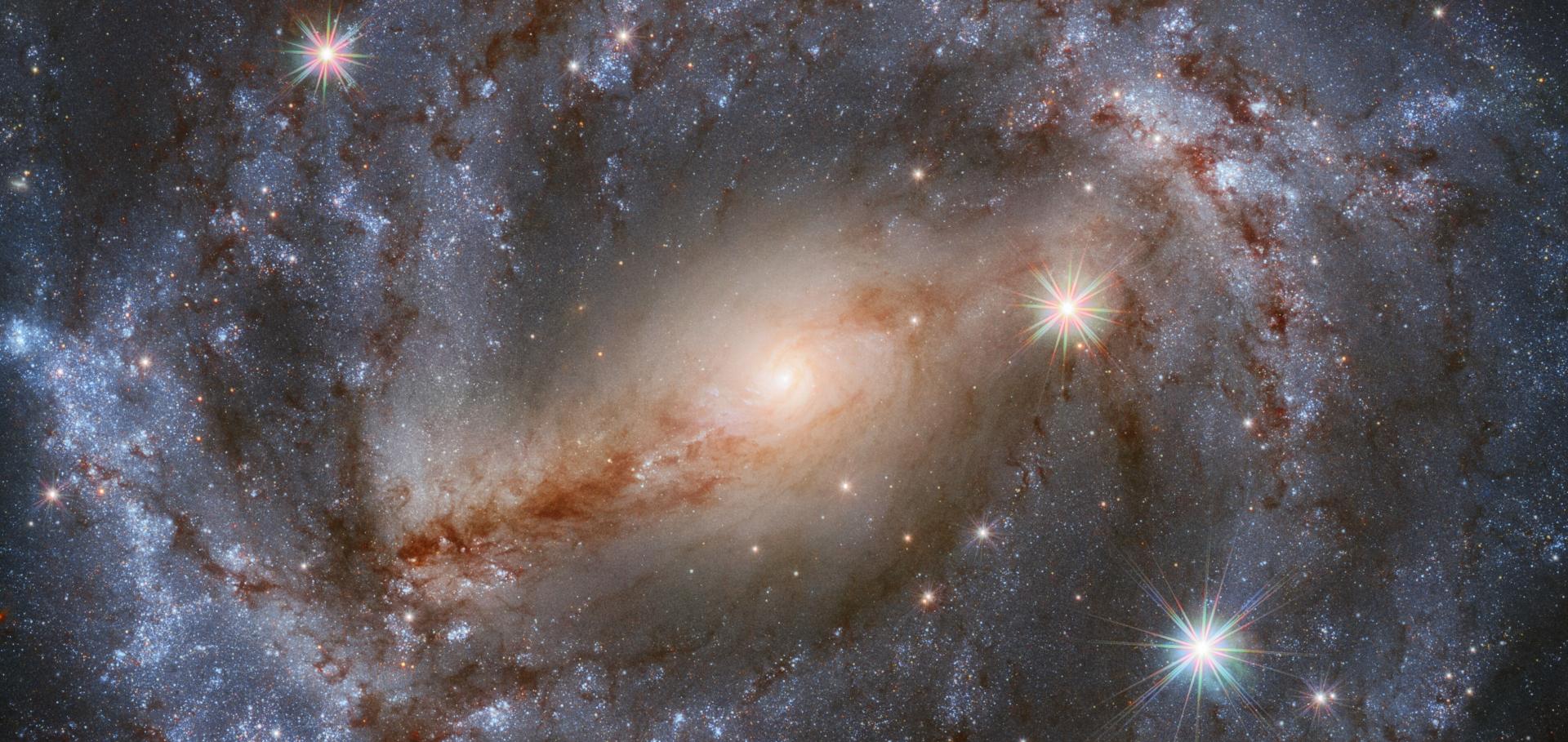Multiphase feedback processes in the Sy2 galaxy NGC 5643
Astronomy & Astrophysics, Volume 645, id.A21, (2021) 24 pp.
Abstract:
The properties of polycyclic aromatic hydrocarbons in galaxies: constraints on PAH sizes, charge and radiation fields
Monthly Notices of the Royal Astronomical Society, Volume 504, Issue 4, (2021) pp.5287-5300
Abstract:
Cold molecular gas and PAH emission in the nuclear and circumnuclear regions of Seyfert galaxies
Astronomy & Astrophysics EDP Sciences 639 (2020) a43
Cold molecular gas and PAH emission in the nuclear and circumnuclear regions of Seyfert galaxies
Astronomy & Astrophysics, Volume 639, id.A43, (2020) 17 pp.
Abstract:
Exploring the Mid-infrared SEDs of Six AGN Dusty Torus Models. II. The Data
The Astrophysical Journal American Astronomical Society 884:1 (2019) 11


